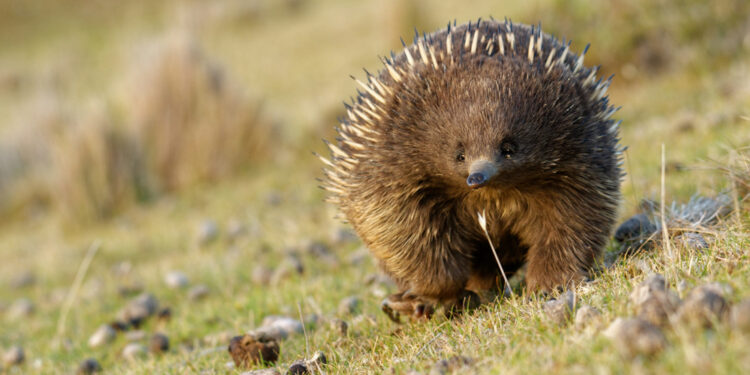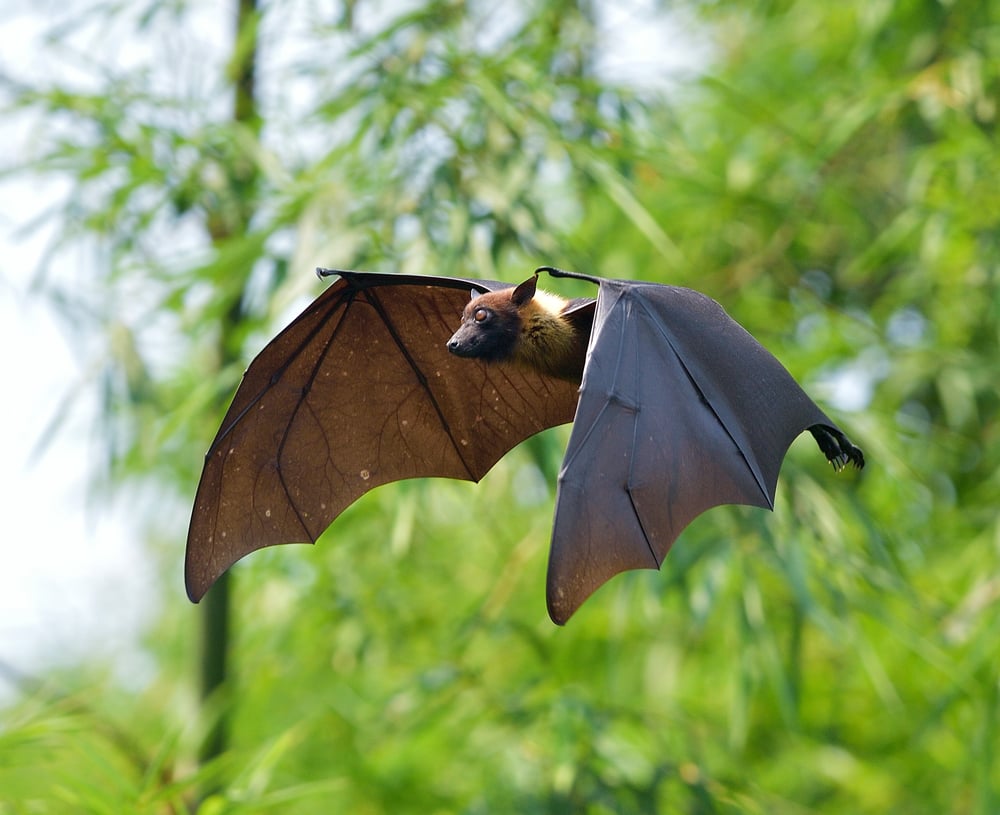Among the dazzling diversity of mammalian species, a certain quirky creature – the echidna – often stands out from the rest. Hailing from Australia and New Guinea, echidnas, along with the platypus, are the only members of the monotreme family, an ancient lineage of mammals that lay eggs. While this unique characteristic already sets them apart, there’s more to these spiny animals than meets the eye. With their fascinating reproductive anatomy, specifically the male echidna’s four-headed penis, they are nothing short of evolutionary marvels.
Echidnas may not be as famous as their marsupial cousins, but they are equally intriguing. These solitary creatures are covered in coarse hair and sharp spines, akin to a hedgehog, and have a distinctive snout which they use both for breathing and for capturing their diet of ants and termites. Despite their seemingly clumsy gait, echidnas are quite adept at maneuvering their habitats, which range from forests and meadows to deserts.
Their egg-laying habit, a trait shared only with the platypus within the mammalian world, presents a fascinating look into the evolutionary past. Mammals, as we know them, are largely characterized by live birth. However, monotremes, a word derived from the Greek meaning ‘single hole,’ referencing their shared reproductive and excretory duct, take a different approach. After a short gestation period, echidnas lay a single, leathery egg directly into a pouch on their abdomen, where it hatches after about ten days.
The young, called puggles, are tiny, hairless, and rather helpless at birth. They remain in their mother’s pouch for several weeks, feeding on her milk, which is secreted through the skin of the pouch, rather than through defined nipples as in other mammals. As the puggles grow and their spines begin to develop, they are moved to a burrow, where they continue to nurse until they are fully weaned.
Now, shifting gears to the males of the species, one can’t help but be amazed by their unique reproductive system. The male echidna boasts a four-headed penis, an anatomical feature that is as puzzling as it is unusual. During copulation, only two of these heads are utilized, with the other two retracting. The next time the male mates, the set of heads used alternates. This strange evolutionary adaptation is thought to increase reproductive success by enabling males to inseminate females more effectively during their short and competitive mating seasons.
Understanding the intricacies of echidna reproduction involves appreciating the tough competition male echidnas face. During the mating season, males form what is known as a ‘mating train,’ a queue of up to ten males trailing a single female, waiting for the opportunity to mate. This intense competition may have driven the evolution of the multi-headed penis, allowing more successful sperm delivery.
Furthermore, research shows that the female echidna’s reproductive tract is also unique. It consists of a branched system with multiple entrances into the uterus. This unusual structure could be another reason for the evolution of the male’s multi-headed penis, as it may facilitate successful fertilization by matching the female’s anatomy.
The echidna is undeniably one of nature’s most remarkable creatures. The intriguing blend of traits, including egg-laying and the presence of a four-headed penis, highlights the diversity of life’s solutions to survival and reproduction. As scientists continue to study these enigmatic animals, we’re reminded that evolution doesn’t always follow a linear, predictable path. Instead, it often takes the scenic route, creating unexpected and fascinating detours along the way. Each characteristic, from the echidna’s spiny coat to its unique reproductive system, is a testament to millions of years of adaptation and survival in diverse and challenging environments.
Echidnas, with their peculiarities, showcase the astonishing flexibility of nature, inspiring us to continue probing the mysteries of the natural world. The secrets they hold, be it their unusual mating systems or their egg-laying habits, can provide invaluable insights into the mechanisms of evolution and the complexity of life on Earth. As we delve deeper into understanding these extraordinary creatures, we are likely to uncover even more surprising details, continually reshaping our comprehension of the mammalian lineage and its incredible diversity.
These spiky monotremes, with their sprawling burrows and complex reproductive mechanisms, are fascinating subjects of study. Echidnas challenge our conventional understanding of what it means to be a mammal, reminding us that nature is not bound by the limitations of our human definitions. Instead, it is a wild, wondrous realm of endless possibilities, continuously evolving and adapting, always ready to surprise us with the unimaginable and the extraordinary.







